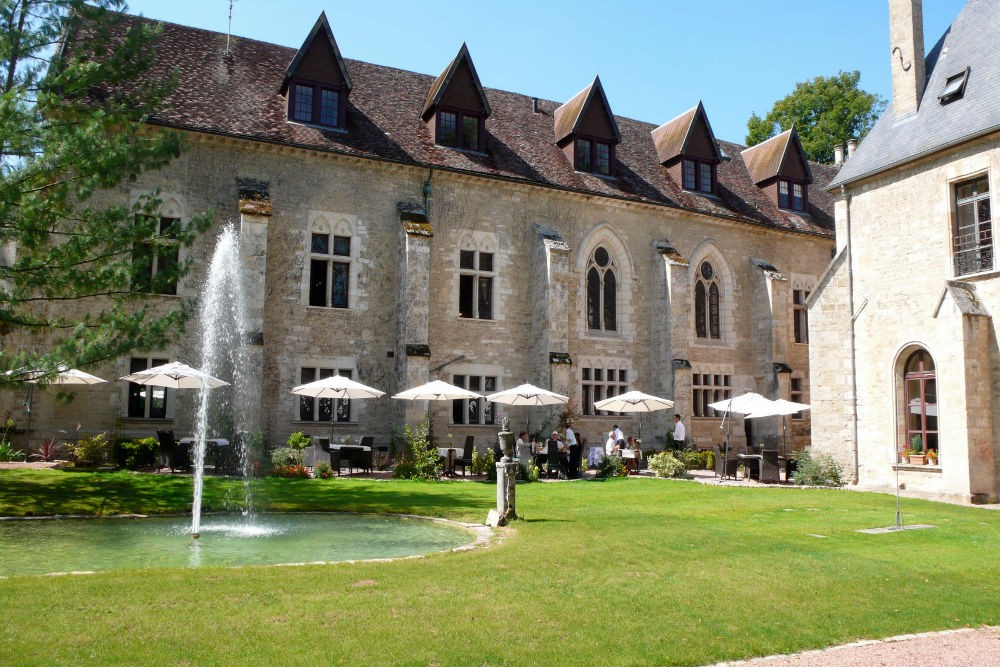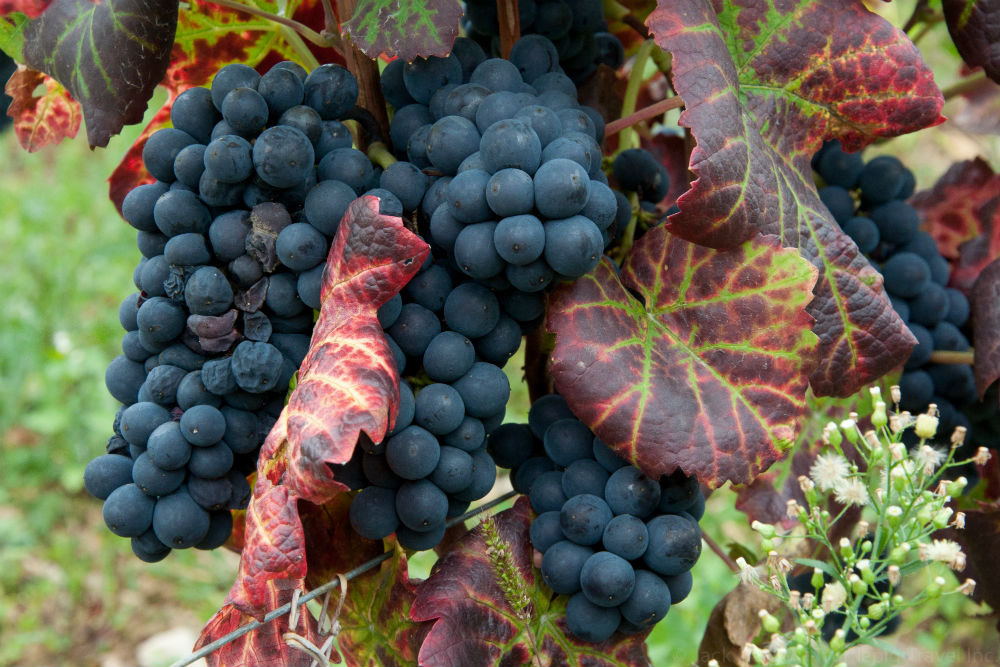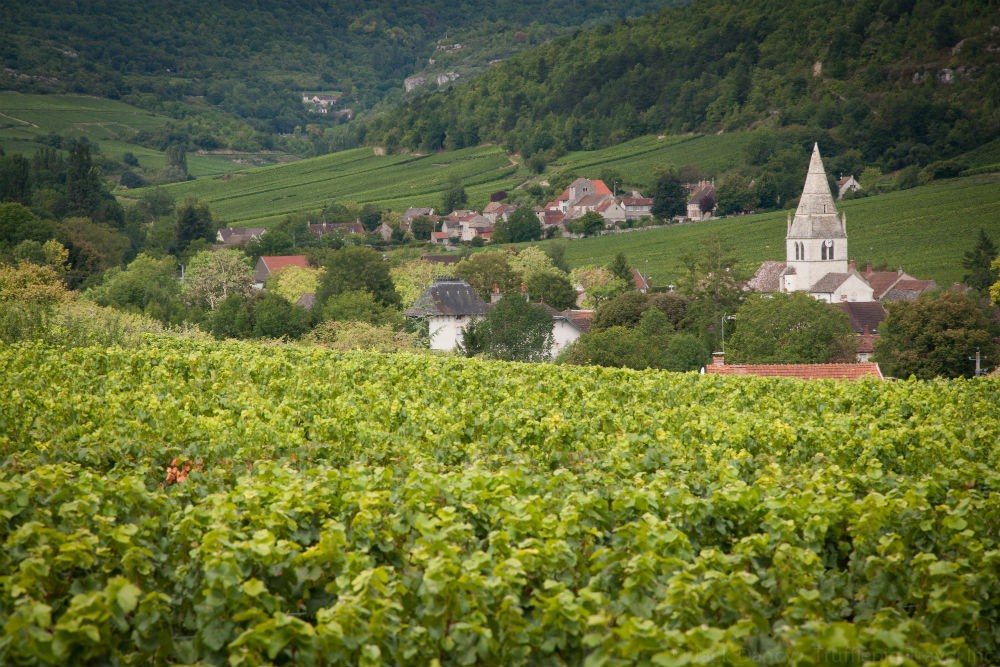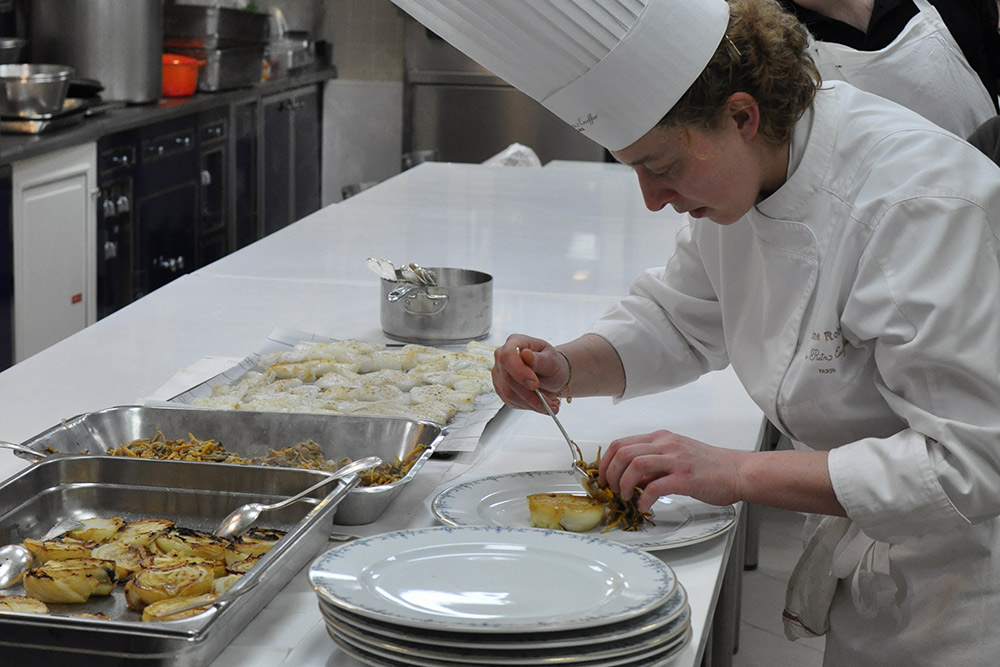Burgundy, France: Insider’s Guide
 Get inside an exclusive winery in Burgundy. Photo courtesy Jack Dancy.
Get inside an exclusive winery in Burgundy. Photo courtesy Jack Dancy.
In some cases, Wendy has several trip-planning specialists she recommends for a destination and would like to connect with you directly to determine who would best meet your needs. This is one of those cases. Please click on the CONTACT button (below) to find out from Wendy which travel expert is best for your specific trip goals and challenges.

Where to Stay and Eat
Best bang-for-your-buck hotel
Burgundy hotels on the whole are not excessively priced. L’Hôtel de Beaune offers the best rooms and location in town, and for half the price of similar hotels in Paris or Provence. Michael and Alex’s travelers get breakfast included, as well as the preferential service that comes from their having worked with the hotel since it opened.
Restaurants the locals love
Travelers chatting with Alex will soon realize his utter obsession for Japanese cuisine and how perfectly it blends with Burgundian gastronomy. Case in point: The “three buds” running the kitchen at Trois Bourgeons, in Chablis, all hail from Japan. Two of them trained in Michelin-starred spots within France, and all are applying their skills with élan. Since its opening in early 2017, the place has proven to be the talk of the town, featuring seasonal cuisine and the great whites of Chablis.
Right outside of Beaune at the head of the Ouche Valley, La Clé des Sources in Lusigny is an old bistro address taken over by the new kids in town who were trained (both on the floor and in the kitchen) by Beaune’s infamous Italian chef Giada Scarton. Expect a short carte, perfectly executed and inexpensive. Fuss strictly verboten.
Right by the Saône, 25 minutes from Beaune, the Beau Rivage in Allerey has the perfect terrace overlooking the river for a warm summer night. The restaurant is known all over Burgundy for sourcing its product rights off the river that streams by: a selection of local freshwater fish, and what some consider the best frog legs in the whole world. There are also some Burgundy specials on the menu, for those afraid to give the batrachians the chance they deserve.
In Beaune itself, La Lune still holds the number-one spot in all the rankings one can think of. It’s a victim of its own success, so you’ll have to book at least a couple of weeks ahead in high season to secure a spot in Chef Seiichi’s kingdom. Elsewhere in town, chef Romain Escoffier’s Table du Square and chef Giada Scarton’s Les Pôpiettes are prime choices for everchanging menus crafted with the freshest products possible (and, as always, a many-paged, perfectly curated wine list).
Dish to try
Oeufs en meurette: eggs poached in a wine reduction, with garlic and lardons. Of all the Burgundian hearty classics, this is the one not to miss. Le Cellier Volnaysien, in the quaint little village of Volnay, make some perfectly executed ones. If you’re already oeufs en meurette connoisseurs, try the critically acclaimed white-wine variant at the Bistrot Au Bord de l’Eau in the hamlet of Levernois.
Meal worth the splurge
It’s an old classic but it’s every local’s pride: Lameloise, in the town of Chagny. The restaurant has sported three Michelin stars for decades now, and chef Eric Pras has helped walk this old lady into the new century, breathing some fresh air into an already revered institution. It’s also widely known to be one of the most affordable three-star meals in the country.

Burgundy, France. Photo courtesy Jack Dancy.
What to See and Do
Don’t miss
Tasting in a small winery. Whether you’re discovering Burgundy wines for the first time or already have an extensive cellar, don’t look down your nose at the smaller village wineries that the critics pass by. A phone call in advance is often all it takes to open the doors to a complete tasting and presentation of a family domaine’s wines with the owner and winemaker him- or herself. It’s an experience that can be tremendously informative, not to mention great fun. Such visits are free; and for the money you’d pay to visit a larger winery, you can buy a case and ship it home—or just pick up a few bottles for picnicking during your trip. Some spoken French is generally required, and for this reason a guide or driver may be helpful, but not strictly speaking necessary.
Don’t bother
By the same token, skip out on the large winery visits and tastings in Beaune where (with a few exceptions) you’ll pay money to taste relatively unremarkable wines, hosted by a salesperson rather than a winemaker. It’s not terrible—it’s just not the same experience.
Cheap thrill
Walking in the vineyards. Pick up picnic supplies and head out into the vineyard trails for a walk—anything from a gentle stroll from one village to the next, to full-day hikes that take you above the vines to the hills beyond, and some quite wild, almost Mediterranean landscapes. The best views of the village rooftops, the strip of vines, and of the plain beyond are from high up on the Côte, and the petite randonnée trails that crisscross the vineyards are extremely well sign-posted. For those who don’t care to walk, a similarly inexpensive day out can be had biking along the tow-path of the Canal du Bourgogne.
How to spend a Sunday
Pick up rental bikes in Beaune and bike out through the vineyards, where the roads–though never busy–are quietest on Sundays and thronged with local cyclists. Head south through the vineyards to Chagny’s Sunday morning market and pick up some picnic supplies, then continue to Chassagne Montrachet, where you can taste in the Caveau de Chassagne (open Sundays) before buying the bottle of your choice. Bike through the vineyards, up to the little village of Gamay, and picnic on the bench by the old chateau. Roll home via Meursault and stroll the streets of Beaune, popping into the Athenaeum to buy your souvenir Rats de Cave (see “The Souvenir,” right).
Best Time to Go
Shoulder season is always the right answer:
May. The weather is often nice and warm after the feast days of the Saint de Glace, which fall in the second week and seem to bring showers or even frost. Later in the month, flowers on trees bloom, and the vineyards shed their sad winter brown colors and turn a bright springy green. May is also filled with bank holidays and tends to be any French person’s favorite–and it never hurts to see the French in the right mood.
October. The chaos of harvest is over and the grapes are in, which means there’s still lots of activity in the wineries since the wines are fermenting and the vinification is in full throe–but the winemakers themselves have a little more time to spend with visitors. It’s also the prettiest time: The leaves on the vines turn yellow and gold, and you realize why they call it the Côte d’Or, the golden slopes. And beyond the wines, it’s the most interesting time for seasonal produce: Mushrooms and squashes complement wild game in the menus of the local restaurants.
Worst Time to Go
Winter. Avoid the period between Hospices Wine Auction weekend, on the third Sunday of November, and early April. Burgundy is a very seasonal area and just like the grapes, the region needs to rest for a few months. (Also, the weather’s pretty ghastly.)
Biggest Rookie Mistake

Mistaking Burgundy for the Côte d’Or. Burgundy stretches from just south of Paris almost all the way to Lyon, and the vineyards of the Côte d’Or—although they’re the most famous—make up just a part of it. It can be tricky for the casual tourist to get meaningful visits and tastings in the Côte d’Or, but that’s not true in Chablis, Irancy, the Maconnais or any other number of less well-known Burgundy wine-regions. What’s more, exploring more widely will also give you a more varied trip, from the perfect medieval villages of the Auxois, to sites such as Vézelay and Cluny, to days spent horseback riding or biking along the banks of the Canal de Bourgogne. A trip to the Côte d’Or in Burgundy will be a wine trip; a more wide-ranging trip in Burgundy plunges you into that richer mix of landscape, history, and culture that France is so blessed with.
The Souvenir
The emblematic Rats de Cave, candlesticks traditionally used by the winemakers doing their rounds in the cellars. They were hung on the barrels by their long curved handle, but they’re equally at home on the dining room table. They’re well designed, easy to take home, and make great gifts! You can find them, and much else besides, at the Atheneaum in Beaune.
Bragging Rights
The Côte d’Or is all about access and contacts. While it’s not difficult (and is very worthwhile) to call a smaller winery and get in for a one-on-one tasting with the winemaker, the higher up the ladder you go, the harder it is to get in. There’s simply no replacement for contacts, and Michael and Alex have gotten travelers into the very hardest-to-visit domaines.








